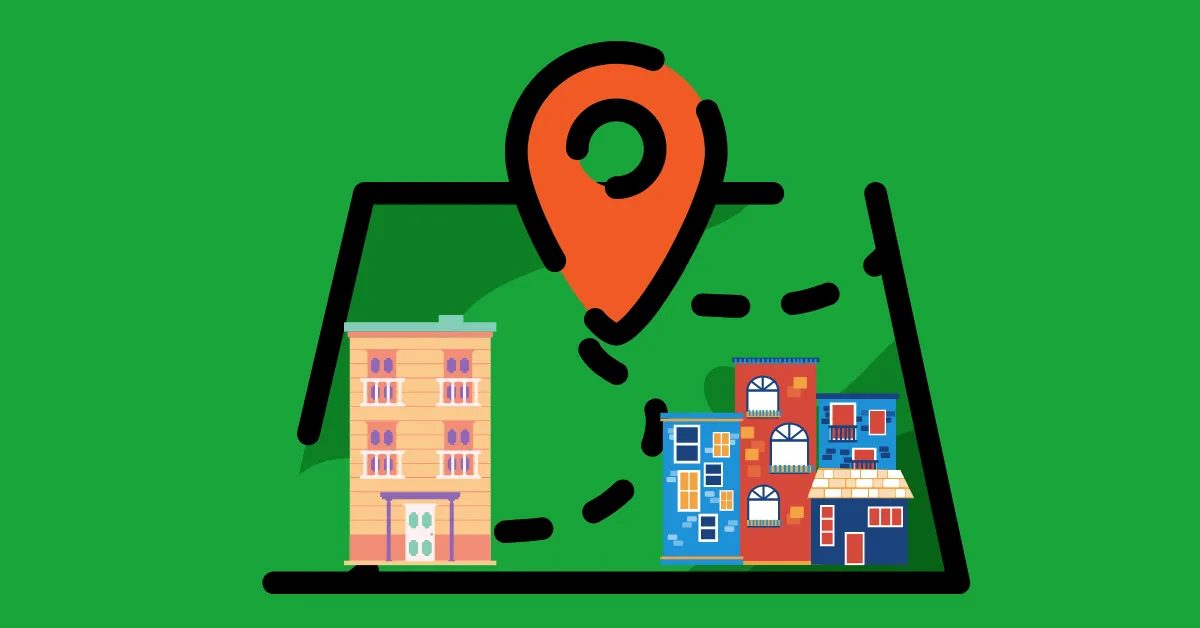Last Updated on 07/26/2024 by calculatoracute.com
Land to Building Ratio Calculator
Land to Building Ratio Calculator is a valuable tool for architects, developers, and landowners to determine the optimal balance between open space and building coverage on a plot of land. This ratio plays a crucial role in determining the overall aesthetic appeal, functionality, and sustainability of a project.
In this blog post, we will outline five actionable tips for using a Land to Building Ratio Calculator effectively to achieve your desired outcomes.
1. Understand the Purpose of the Ratio Calculator
Before using a Land to Building Ratio Calculator, it is essential to have a clear understanding of its purpose and how it can benefit your project. The ratio is calculated by dividing the total floor area of the building(s) by the total land area.
This ratio helps to determine the density of the development, the amount of open space required, and the overall site planning.
By understanding the purpose of the ratio calculator, you can make informed decisions about the design and layout of your project.
Example
For example, if you are planning to develop a residential area, a lower land to building ratio may be preferred to provide more open space and greenery for the residents.
On the other hand, for commercial developments, a higher ratio may be acceptable to maximize the floor area for revenue-generating purposes.
2. Consider Zoning Regulations and Local Planning Policies
Zoning regulations and local planning policies play a critical role in determining the acceptable land to building ratio for a project.
Before using a ratio calculator, it is essential to familiarize yourself with the applicable regulations and policies in your area. These regulations may dictate the minimum or maximum allowable ratio, setback requirements, and building height restrictions.
By aligning your project with these regulations, you can avoid potential conflicts and delays in the planning approval process.
For instance, if the local zoning code specifies a maximum land to building ratio of 0.4, you can use the calculator to adjust the building footprint and height to comply with the regulations.
By considering these factors early in the design process, you can ensure that your project meets the necessary requirements and is approved without any issues.
3. Optimize Building Layout and Site Planning
Once you have a clear understanding of the purpose of the ratio calculator and the relevant regulations, you can start optimizing the building layout and site planning to achieve the desired land to building ratio.
The calculator allows you to experiment with different building configurations, orientations, and setbacks to maximize the floor area while maintaining the required open space.
Example
For example, by adjusting the building footprint, you can increase the efficiency of the floor plan and reduce wasted space.
Similarly, by optimizing the site layout, you can create functional outdoor spaces, pedestrian pathways, and landscaped areas that enhance the overall quality of the development.
By using the ratio calculator to iterate through various design options, you can find the optimal balance between building coverage and open space that meets your project goals.
4. Consider Sustainability and Green Design Principles
Incorporating sustainability and green design principles into your project can have a significant impact on the land to building ratio.
By using the ratio calculator in conjunction with sustainable design strategies, you can reduce the environmental footprint of the development while enhancing its appeal to occupants and visitors.
For instance, incorporating green roofs, rain gardens, and permeable paving can help reduce stormwater runoff, improve air quality, and provide habitats for wildlife.
By considering these features in the design process and adjusting the land to building ratio accordingly, you can create a more sustainable and resilient development that benefits both the environment and the community.
5. Seek Input from Stakeholders and Experts
Finally, it is essential to seek input from various stakeholders and experts throughout the design process to ensure that the land to building ratio meets the needs and expectations of all parties involved.
Collaborating with architects, landscape architects, engineers, planners, and other professionals can provide valuable insights and recommendations that can help optimize the ratio and improve the overall quality of the project.
Example
For example, consulting with a landscape architect can help you design outdoor spaces that enhance the user experience and promote biodiversity.
Similarly, working with an engineer can help you address technical challenges related to site grading, drainage, and utilities.
By soliciting feedback and expertise from a diverse range of professionals, you can create a successful project that balances the land to building ratio effectively and meets the goals of all stakeholders.
Conclusion
In conclusion, using a Land to Building Ratio Calculator effectively requires a holistic approach that considers the purpose of the ratio, zoning regulations, building layout, sustainability principles, and stakeholder input.
By following these five actionable tips, you can optimize the ratio to create a well-designed, sustainable, and successful development that meets the needs of both current and future generations.
By leveraging the power of the ratio calculator and incorporating best practices into your design process, you can achieve your project goals while maximizing the potential of the land.


